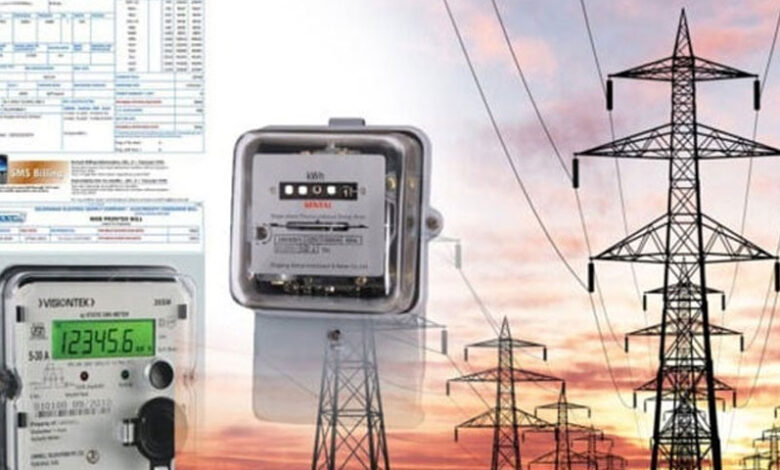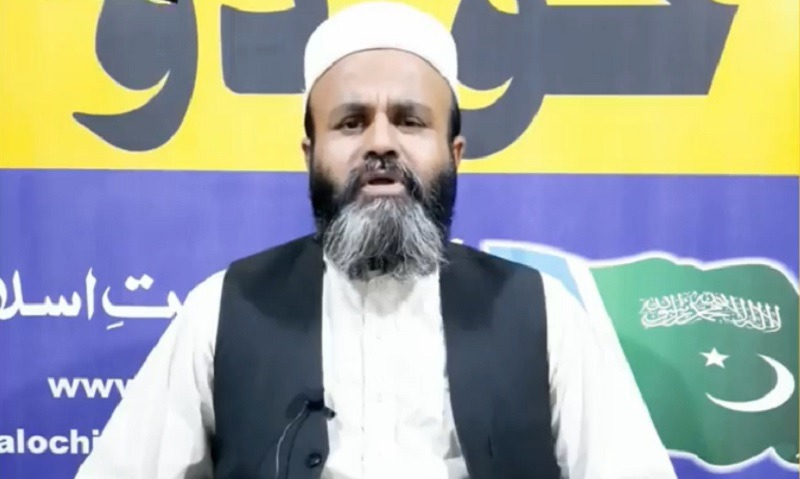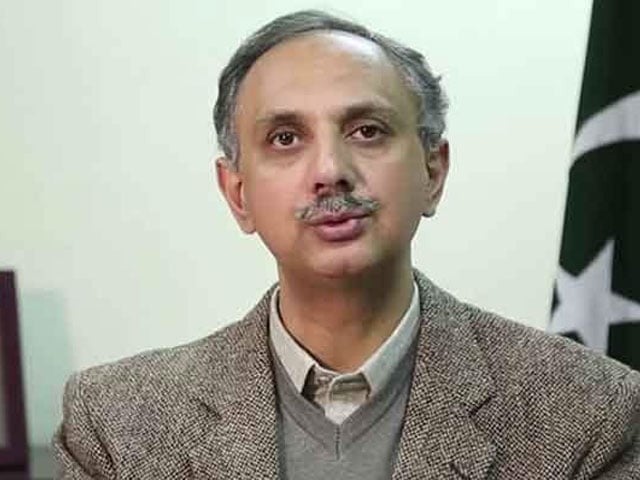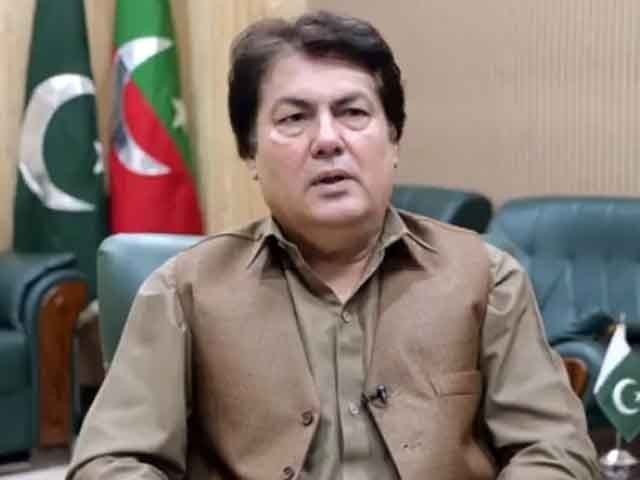NEPRA Recommends Reduction in Electricity Tariffs; Experts Debate Feasibility of Price Cut

IslamabadضThe National Electric Power Regulatory Authority (NEPRA) has recommended the government reduce electricity tariffs, suggesting that a decrease in rates could be achieved by revising capacity payments and surcharges. According to NEPRA’s document on tariff adjustments, the government can lower electricity prices by implementing measures related to balance of tariffs, revising capacity payments, and reducing surcharges.
The document reveals that taxes and surcharges amounting to 15.28 rupees per unit are currently imposed on electricity tariffs, with electricity distribution companies collecting 3.10 rupees per unit as distribution margin. Additionally, 1 paisa per unit is charged for repairs, revenue collection, and future adjustments, while 1.37 rupees per unit are levied for transmission charges. The net average generation cost is recorded at 7.62 rupees per unit.
The report further states that if surcharges of 7.52 rupees per unit and adjustments of 0.67 rupees per unit were removed, the price of electricity could decrease from 45.06 rupees per unit to 20.04 rupees per unit.
### Is a 20 Rupee Per Unit Reduction Possible?
**Economic Expert Shahbaz Rana** explained that while electricity price reductions have been made before, they were temporary, especially during the winter months when electricity demand is lower. He pointed out that the previous reduction only applied to additional units of electricity consumed beyond a certain threshold. According to Rana, the government currently does not have a formula to reduce electricity prices by 20 rupees per unit.
He further elaborated that the government provides subsidies to consumers using fewer units, with higher consumers (those using over 300 units) subsidizing lower consumption. If this subsidy system were removed, electricity prices could fall by 17 to 20 rupees per unit, but without this, there is no other method to achieve such a reduction.
### Electricity Price Reduction is Possible: Raja Kamran
**Economic Expert Raja Kamran** confirmed that a reduction in electricity prices is indeed possible. He referred to a formula proposed by Punjab and a similar one introduced by the federal government for a period of three months, which aimed to lower the unit cost for consumers exceeding a certain number of units. Kamran argued that this relief scheme would reduce the government’s fixed capacity charges, which are a major contributor to high electricity prices in Pakistan.
He explained that while electricity generation plants exist, demand is insufficient to justify the costs of maintaining these plants. The government must still pay fixed costs under ‘take-and-pay’ contracts, where they are obliged to pay for a certain amount of electricity generation capacity, whether it is used or not. Kamran emphasized that if these capacity charges are reduced, the overall cost of electricity per unit could be lowered.
### Feasibility of Price Reduction: Sharyar Aziz’s View
**Economist Sharyar Aziz** also believes a 20 rupee reduction per unit is feasible. He stated that Pakistan’s agreements with Independent Power Producers (IPPs) under ‘take-or-pay’ contracts mean that the government has to pay IPPs regardless of electricity demand. As electricity demand generally falls in winter, the government can reduce the price of additional units to encourage consumption, thereby offsetting the cost of maintaining full capacity.
Aziz explained that reducing fixed capacity charges, which are currently higher than the cost of electricity production itself, could significantly lower the price consumers pay for electricity.
**Conclusion:**
While experts agree that reducing electricity prices by 20 rupees per unit is theoretically possible, it will require careful management of capacity charges and subsidies. The government’s ability to encourage higher electricity consumption while managing fixed costs will play a crucial role in determining whether such a price cut can be realized.






